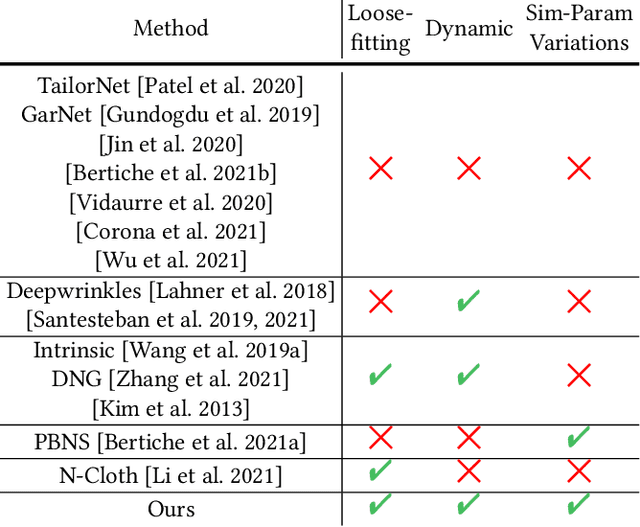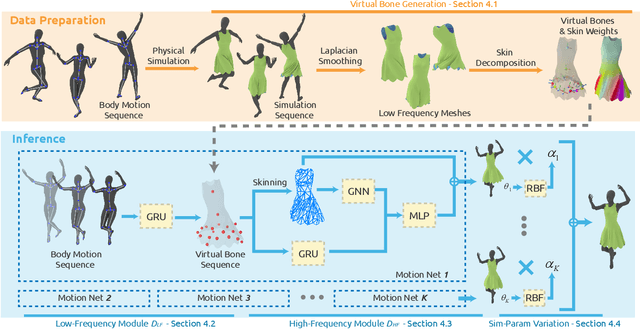Jingxiang Li
Zero-Shot Image Moderation in Google Ads with LLM-Assisted Textual Descriptions and Cross-modal Co-embeddings
Dec 18, 2024

Abstract:We present a scalable and agile approach for ads image content moderation at Google, addressing the challenges of moderating massive volumes of ads with diverse content and evolving policies. The proposed method utilizes human-curated textual descriptions and cross-modal text-image co-embeddings to enable zero-shot classification of policy violating ads images, bypassing the need for extensive supervised training data and human labeling. By leveraging large language models (LLMs) and user expertise, the system generates and refines a comprehensive set of textual descriptions representing policy guidelines. During inference, co-embedding similarity between incoming images and the textual descriptions serves as a reliable signal for policy violation detection, enabling efficient and adaptable ads content moderation. Evaluation results demonstrate the efficacy of this framework in significantly boosting the detection of policy violating content.
A Locality-based Neural Solver for Optical Motion Capture
Sep 04, 2023Abstract:We present a novel locality-based learning method for cleaning and solving optical motion capture data. Given noisy marker data, we propose a new heterogeneous graph neural network which treats markers and joints as different types of nodes, and uses graph convolution operations to extract the local features of markers and joints and transform them to clean motions. To deal with anomaly markers (e.g. occluded or with big tracking errors), the key insight is that a marker's motion shows strong correlations with the motions of its immediate neighboring markers but less so with other markers, a.k.a. locality, which enables us to efficiently fill missing markers (e.g. due to occlusion). Additionally, we also identify marker outliers due to tracking errors by investigating their acceleration profiles. Finally, we propose a training regime based on representation learning and data augmentation, by training the model on data with masking. The masking schemes aim to mimic the occluded and noisy markers often observed in the real data. Finally, we show that our method achieves high accuracy on multiple metrics across various datasets. Extensive comparison shows our method outperforms state-of-the-art methods in terms of prediction accuracy of occluded marker position error by approximately 20%, which leads to a further error reduction on the reconstructed joint rotations and positions by 30%. The code and data for this paper are available at https://github.com/non-void/LocalMoCap.
Predicting Loose-Fitting Garment Deformations Using Bone-Driven Motion Networks
May 06, 2022



Abstract:We present a learning algorithm that uses bone-driven motion networks to predict the deformation of loose-fitting garment meshes at interactive rates. Given a garment, we generate a simulation database and extract virtual bones from simulated mesh sequences using skin decomposition. At runtime, we separately compute low- and high-frequency deformations in a sequential manner. The low-frequency deformations are predicted by transferring body motions to virtual bones' motions, and the high-frequency deformations are estimated leveraging the global information of virtual bones' motions and local information extracted from low-frequency meshes. In addition, our method can estimate garment deformations caused by variations of the simulation parameters (e.g., fabric's bending stiffness) using an RBF kernel ensembling trained networks for different sets of simulation parameters. Through extensive comparisons, we show that our method outperforms state-of-the-art methods in terms of prediction accuracy of mesh deformations by about 20% in RMSE and 10% in Hausdorff distance and STED. The code and data are available at https://github.com/non-void/VirtualBones.
 Add to Chrome
Add to Chrome Add to Firefox
Add to Firefox Add to Edge
Add to Edge